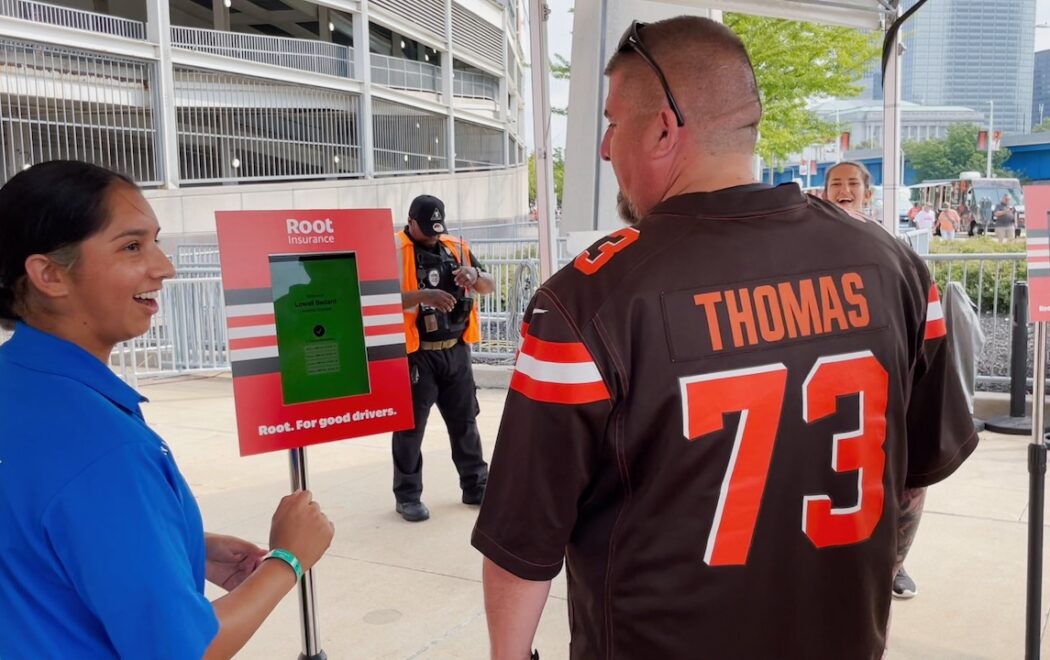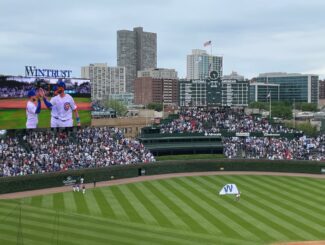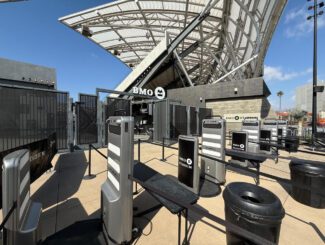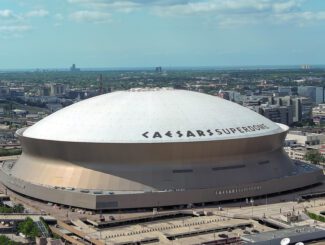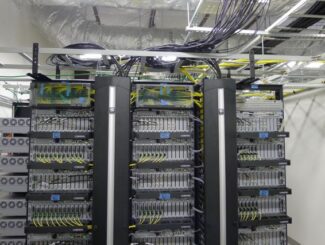Facial authentication technology may be the next new thing to start multiplying soon at stadiums, as initial deployments are drawing rave reviews from both fans and venues for their ability to speed up identification-based transactions.
For uses including stadium entry, security checks and concessions-based age verification, facial authentication systems at stadiums like First Energy Stadium in Cleveland, Citi Field in New York and Mercedes-Benz Stadium in Atlanta are showing early positive results, with venue operators scheduling expansion plans after successful trials.
For fans who make the leap of faith to participate in the systems, the reward is much shorter or faster lines for things like stadium or club entry, or for purchasing alcoholic beverages, with the process simplified by being able to simply stare into a screen instead of having to stop to show some form of physical identification. For venues the benefits include less crowding, more granular control of identity-based operations and the ability to increase sales while also producing a much better overall fan experience.
Reducing the friction of game day
If there is one general agreement across the venue technology landscape, it’s that necessary respones to the Covid pandemic — like all-digital ticketing and cashless concessions — greatly accelerated acceptance of those new practices.
But while the moves to all-digital ticketing and card-only purchases did improve the fan experience by improving some line speeds, even with those systems in place there is still a lingering amount of what is commonly called “friction” — like the need for fans to figure out how to download tickets and properly scan them at a pedestal, or the need for fans to still pull out a physical ID when purchasing alcohol — that produces game-day lines.

Using facial authentication technology, however, could be a big next step in eliminating some of those remaining delays. One of the emerging leaders in the space is a Cambridge, Mass.-based startup named Wicket, whose software runs on Apple iPads as the hardware interface that people look at.
An important note here is the distinction between “facial authentication” and “facial recognition,” which according to the suppliers are not equal terms. Unlike some public-safety systems that store facial images for comparison and verification, Wicket says its system doesn’t actually store any facial information anywhere on the device but instead uses what it calls its “facial authentication” system, which uses artificial intelligence to map a photo of a face digitally, and uses that code to authenticate people by matching the code to a live face.
While systems like Wicket’s are always likely to cause some pause from potential users because of privacy concerns, the authentication vs. recognition distinction is one that the company and its clients hope can increase confidence for operators and end users. Several venues using Wicket also point to the fact that Apple’s introduction of Face ID starting with the iPhone X in 2017 has made the technology much more acceptible to the phone-using public.
“Two or three years ago, we weren’t sure how [public acceptance of] facial recognition would go,” said Karl Pierburg, chief technology officer for the Atlanta Falcons and for AMB Sports and Entertainment. “But now, if you have an iPhone, you use it every day.”
Multiple tickets a breeze with facial authentication
If there is one place where facial authentication shines it is when fans come to the stadium as a group, usually with all the tickets purchased under one name. Instead of having to scan each ticket code individually — which most optical scanning systems still require — with Wicket’s technology when the ticket purchaser is confirmed, everyone else can just follow along in line without stopping.
According to technology teams that have deployed Wicket, the system works great at both baseball stadiums, like at Citi Field where Wicket technology has now been in place for more than a year, and at football games. Oscar Fernandez, vice president of technology solutions with the Mets, said the success of a pilot program in 2021 led to the Mets having Wicket-enabled systems at every entry gate this past season.
“We saw that getting into the stadium could be a friction-intensive experience,” Fernandez said. “Now we have something that’s easy to use, and makes the fans feel welcome.” According to Fernandez the Mets have signed up 4,500 fans to use the Wicket systems at games.
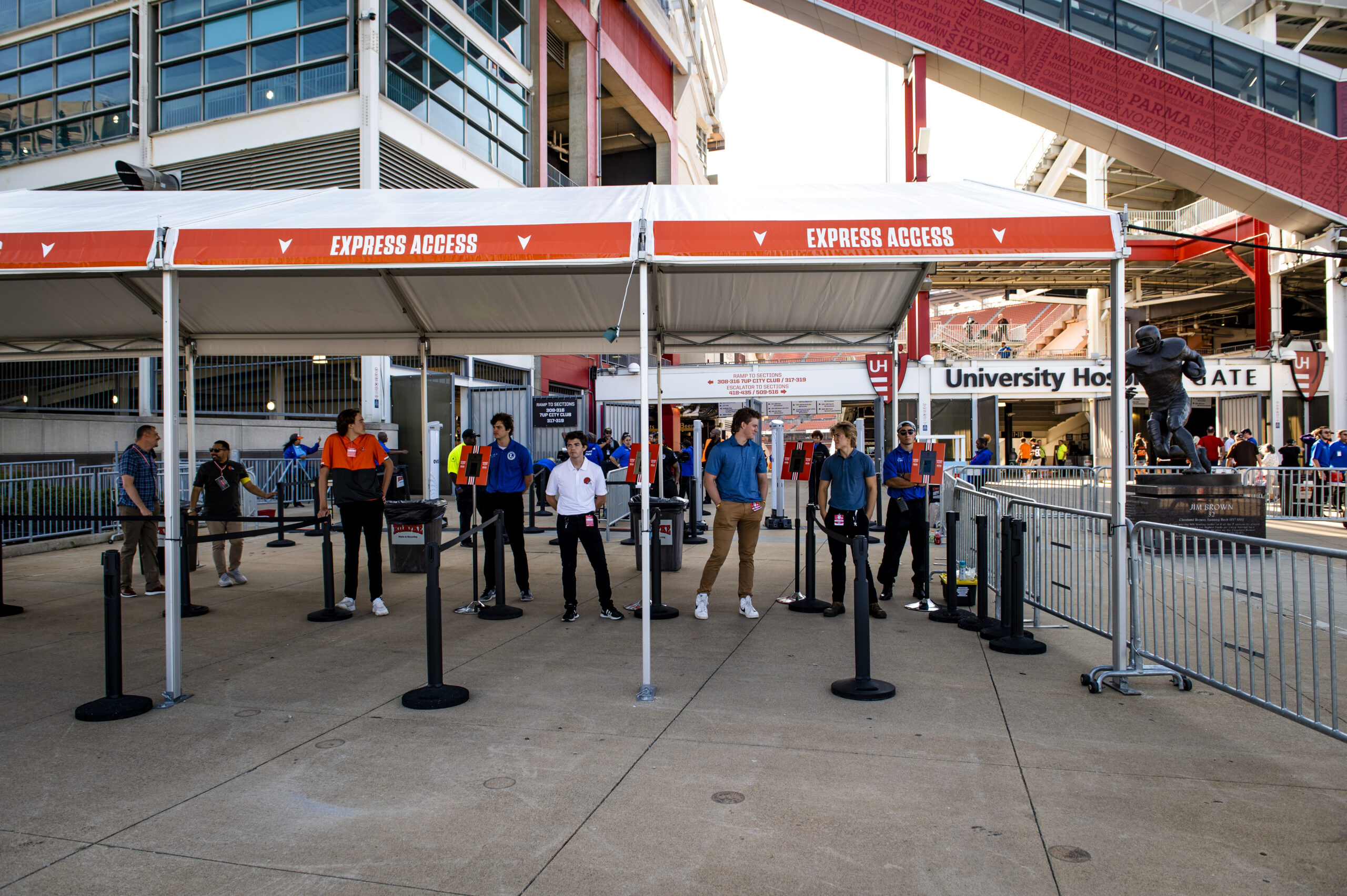
Brandon Covert, vice president for information technology with the Cleveland Browns, said the team’s pilot test this season of Wicket technology is off to a fast start, with as many as 6,000 fans out of a capacity crowd of 60,000 using facial authentication to get into the stadium.
The quick lines to get in using the Wicket system are especially helpful at one gate area where there isn’t a lot of real estate between the venue and a nearby street, Covert said. Though it does take some sign-up action to use the Wicket system — fans have to enroll with a selfie and payment and ticketing information — Covert said the Browns already have more than 21,000 active accounts.
Like the Browns, the Falcons combine the Wicket gates with the new walk-through security scanning systems from Evolv, a combination that provides one of the fastest street-to-seat procedures anywhere.
“The whole notion is for the fans to not break stride,” said AMBSE’s Pierburg. “We want to make it so you can go from your car to your seat, and get a hot dog and beer, and not stop on the way.”
Both NFL teams are also using the systems for other identity-check procedures, like club spaces and field access.
Faster ID checks for concessions
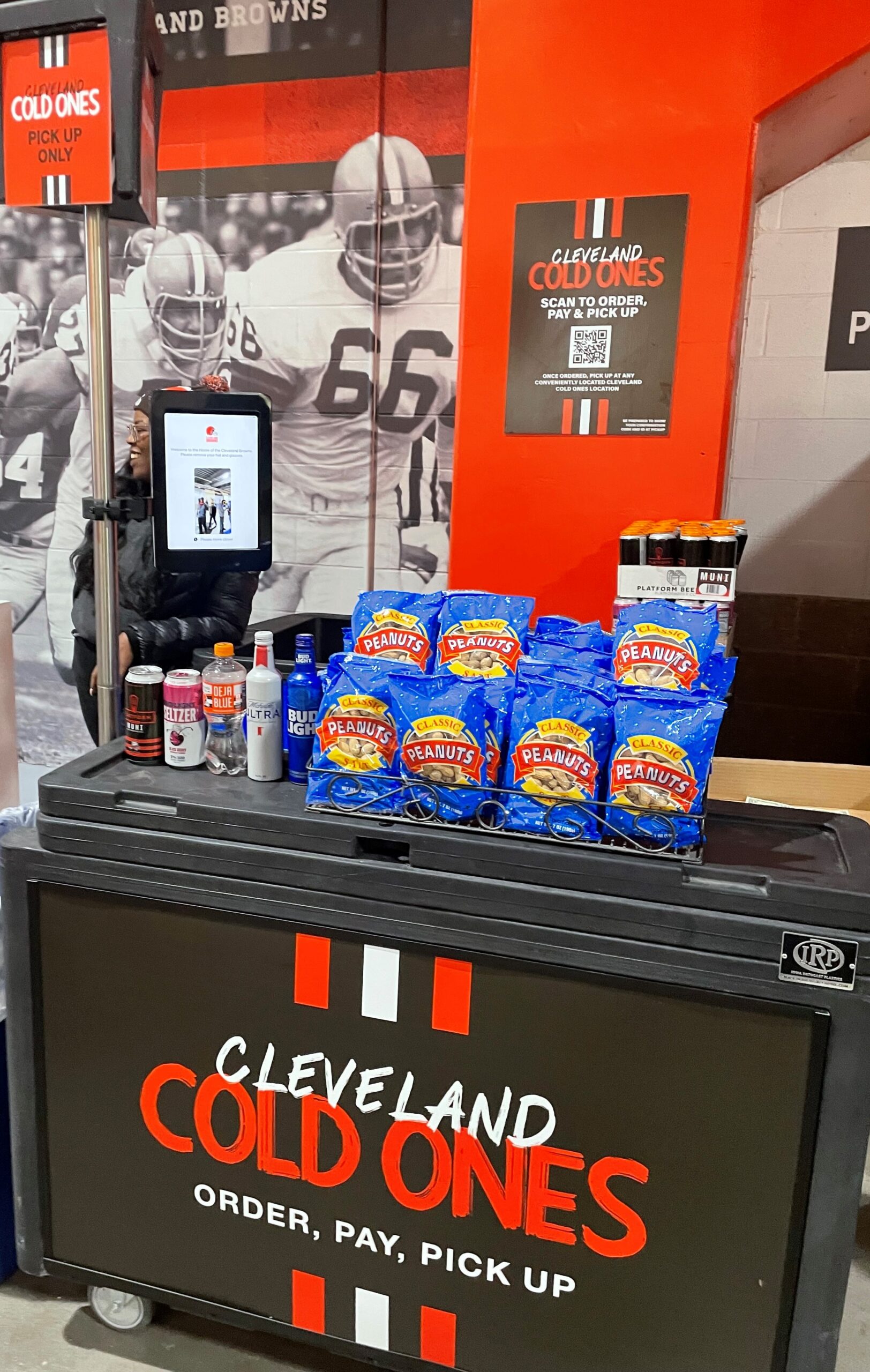
The Browns have taken the lead on the concessions front by partnering with Wicket and a couple startup firms for something called the “Cleveland Cold Ones,” where fans can order a beer on their mobile device and then when they go to pick it up at a special stand, need to only show their face to a Wicket iPad for age and payment confirmation.
“For us it’s all about trying to find best ways to get people back to games quickly,” said Alicia Woznicki, vice president of sports & entertainment for Aramark, the Browns’ concessionaire. While the Cleveland Cold Ones idea had already existed without Wicket, Woznicki said “we thought, wouldn’t it be great if you also didn’t have to pull out an ID.”
To use the system, fans must enter more pre-transaction information, including a selfie and photos of their legal ID. The procedure uses mobile app technology from TapIn2 as well as an age-verification system developed by a company called IDmission. The new self-ordering drink stands from TendedBar, which have started to appear in some other NFL stadiums, also use facial authentication for age verification.
Connectivity is a key core need
If there is a key tech underpinning facial authentication it is the need for fast, low latency communications between the fan-facing systems and the back end, since there is a non-trivial amount of information that needs to be exchanged to do the confirmations. Wicket’s choice of Apple iPads is based in part on the solid connectivity found in the off-the-shelf devices, which include a wide range of cellular bands, including some more esoteric ones like CBRS and Wi-Fi 6 (and now 6E).
In Cleveland, Covert and the Browns installed a small CBRS network from Celona to power the Wicket devices, so that the Wicket system didn’t have to compete with the public Wi-Fi in the crowded area. In Atlanta, Pierburg said the Falcons have “very robust Wi-Fi” covering the plaza areas where the Wicket systems are in use, so they connect there via Wi-Fi.
While most venues who are deploying the systems don’t ever expect that all fans will want to make the effort to divulge photos and other information, putting facial-authentication systems side-by-side with traditional entry gates can be a big selling point, when one gate has a line and the other doesn’t. “Some people don’t want it, and we understand that,” said AMBSE’s Pierburg. “But watching the fans who do use it, it’s fun to watch their eyes light up when the screen flashes their name.”



